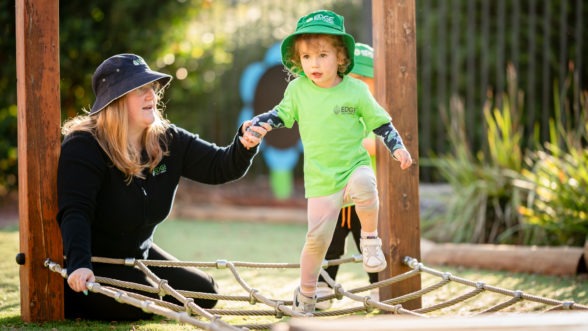
Useful tools, Wellbeing
Useful tools
14 October, 2025

While there is no one definition of a ‘temper tantrum’, most parents will know them well. They can start with whining and descend into full-blown screaming, crying and even violence. Your child’s temper tantrum will depend on how they are feeling that day. Some days, they won’t get what they want and will walk off sulkily – other days will see them throw themselves on the floor at the first sign of dissent.
Put simply, a temper tantrum can be summed up as an eruption of anger or frustration. Research suggests they are equally common in boys and girls, and most frequently occur with children aged one to four years old.
Screaming, crying, kicking, running away – these are all signs of kid’s temper tantrums.
Your child’s brain is still developing, which means their emotions, logic and empathy aren’t fully formed yet either.
Most often, a child will throw a tantrum when they don’t fully understand how to express their emotions. Because they can’t communicate their feelings or needs, they resort to anger and frustration. Other factors like stress, hunger and tiredness can all come into play, too, making them even more likely to throw tantrums – and bad ones.
Similarly, when your child is experiencing feelings of worry, fear or sadness that becomes overwhelming, they may throw a tantrum as a way to express those emotions.
Tantrums – especially 3 year old tantrums and 4 year old tantrums – are inevitable. What really matters is how you, as a parent, respond to them.
If your child becomes worked up, stay close to them and make them feel safe. Offer them comfort and stability by speaking calmly to them; depending on the cause of the tantrum, it may not be a moment for discipline.
Be sure to always:
While tantrums are an unavoidable part of childhood (and parenthood) there are certain steps both you and your child can take to make them less likely.
One of the most effective ways to reduce the likelihood and severity of tantrums is to develop your child’s emotional intelligence. Help them understand their emotions so that they can begin to identify why they feel a certain way. This will help them limit tantrums over time.
As a parent, you can also identify certain emotions that cause your child to have a tantrum, then plan to try to avoid these ‘triggers’. For example, have food prepared for them after a nap if they tend to be upset when they wake up.
In the instances where your child positively handles their emotions without a tantrum, praise them. Talk through how they are feeling and how they have dealt with their emotions calmly, to help them continue to make the right choices moving forward.